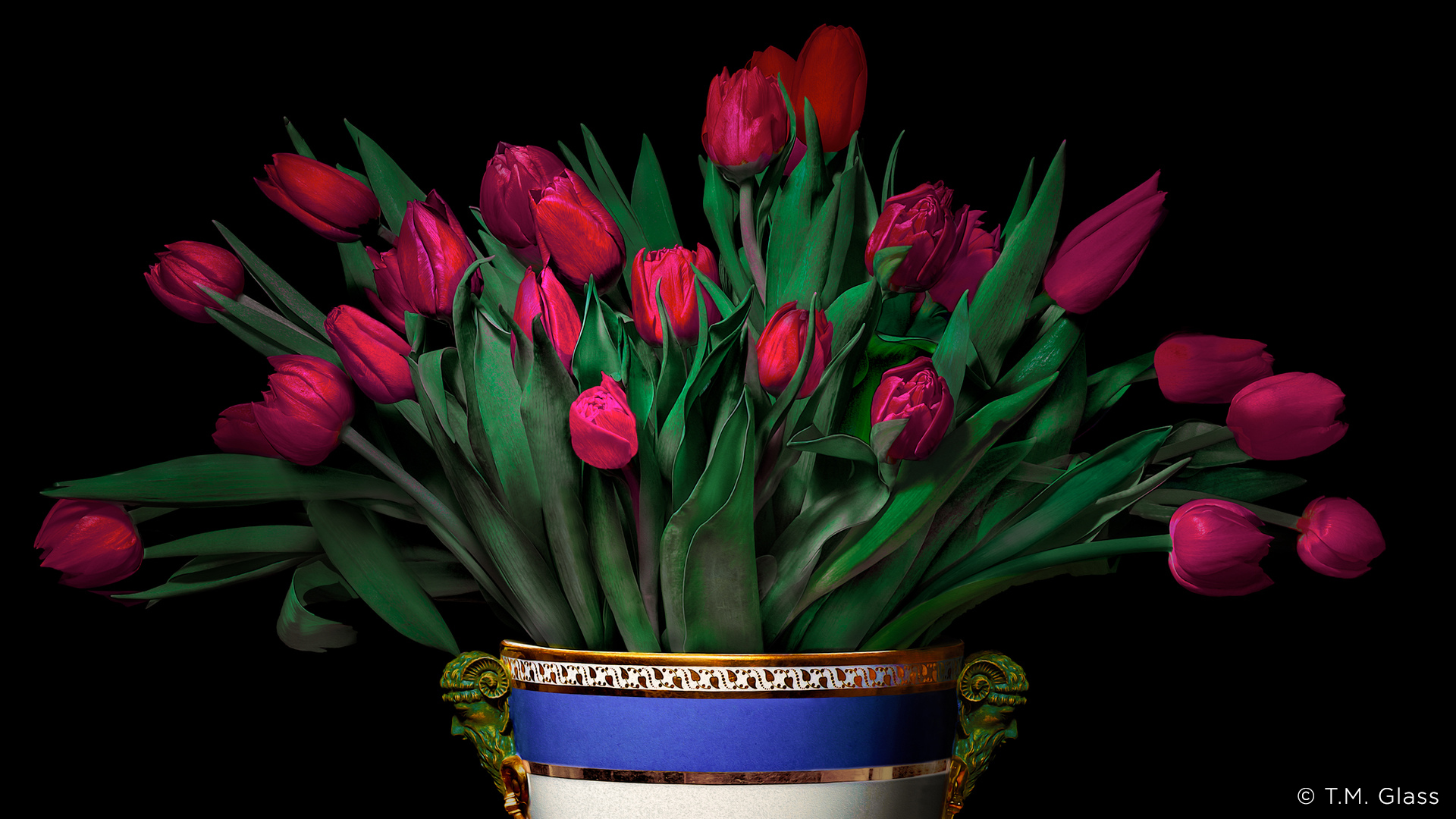Please describe your style of working
My practice is based on creating digital still life paintings, in the format of archival limited edition pigment prints. They are digital collages that combine free hand painting with cut out pieces of Phase One photographs.
I’m working to achieve a painterly vision: a goal shared with all lens-based artists who have ever worked in a darkroom dodging and burning negatives. Digital software allows me to paint light and colors freehand with a stylus, right on the computer screen. Working with digital layers and digital paint allows me to bring together whatever large or small parts of a Phase One photograph I decide to use.
Even before I start work on a picture, I have a general idea in mind of how it will look when it’s finished. Along the journey of developing a picture, solving the problems of composition and color, I may discover some new ways to work that I hadn’t expected and it’s those surprises that keep me interested.
Which comes first? The flowers or the vase?
Each picture starts with the idea of creating a portrait of a particular flower. Each flower is unique, even those growing on a tree or a shrub with many flowers. The flowers come from either my own garden or from travel to gardens around the world. Selecting which ones is to some extent a result of noticing which flowers the Phase One photographic camera ‘loves’ most.
A portrait of a human usually reveals that person’s unique qualities. So, in creating these flower portrait compositions, a vessel can be considered analogous to the dress in a human portrait. While considering which vessel will reveal the most about the flower’s unique appearance, I have traveled far and wide searching for the right one, often traveling to work with museum curators in various countries. I was invited to photograph at the gardens of the Royal Lodge in Windsor England, after which, working with curators at Windsor Castle to choose vessels for a dozen bouquets, and I am extremely grateful for the opportunity to work with the curators at Royal Ontario Museum, Gardiner Museum, and the Jardins de Metis museum.
How have digital tools impacted the development of fine art?
Throughout the history of Western art, artists have always experienced constraints including pressure from patrons to confine their work to a desired style. But perhaps a greater constraint has been the nature of the art materials themselves.
Marshall McLuhan, in his book Understanding Media, introduced the concept that the medium is the message – talking about opening new doors to thought and creativity. That explains the excitement that accompanied the introduction of digital as a new and exciting medium for visual art. It first surfaced in 2008 with the first digital cameras that could transfer reasonably good imagery to a computer, which could then be worked on in post-production software, and then printed.
The first available digital inks would change color within a week, but no matter: newer and better inks kept being released, along with new printers that could print well resolved imagery. New improved versions were being released almost monthly. By 2012, there were printers sold with archival inks that manufacturers claimed would be stable for at least 100 years.
In digital’s beginning there were no textbooks other than technical user manuals, no schools teaching digital, and no critics imposing rules. Digital artists were pioneers figuring it all out, using the new digital tools with total freedom. When I began to use digital tools, I felt free in a new digital world without old unwritten rules and began to explore, wondering what would happen. Soon people began telling me that my work did not look like other artist’s work, and that my style was unique and recognizable.
How did you hear about Phase One?
I was hanging out with other geeky digital photographers, and we were constantly sharing information about the new digital tools coming to market. They were especially fascinated by the Phase One camera, and it seemed interesting, so I took a workshop to check it out and decided to invest in the camera. I was thrilled with it. In 2019 I had my first exhibition showing pictures I’d created with the Phase One system.
What doors has the Phase One 151MP opened to you?
There’s a “look” that I’ve seen coming only from a Phase One camera. Think about texture, quality, the handling of light and shade. The look of my pictures changed radically since I purchased the Phase One XF. Once I purchased the Phase One XF, the look of my pictures changed radically. It has taken me so much farther. With Phase One, the pixels in the images are so resolved, they allow you to create bigger and bigger pictures which you could never do with traditional DSLRs.
For the postproduction process, you must know painting. When I’m working, I zoom into the very last pixel. The software treats the pixels differently and the image is richer. The Phase One camera today is state of the art for colors – and does the primary colors particularly well. And the camera was designed to be upgraded with advanced technology, so it’s an investment for the long term. Bottom line: The camera’s pixels create robust images that can be printed 58” x 58” on my six-foot Epson printer. Other cameras simply can’t match that.
Acquiring digital paintings
How do you sell your work?
Art galleries sell my archival, limited edition, pigment print pictures in limited editions of a certain number, printed in four different sizes. There are more than 40 editions, and I am currently working on the next edition. A master framer puts a certificate on the back of the frame. The Phase One camera produces high resolution files, so I’m able to print large format picture five feet high, which is as large as my six-foot EPSON pigment printer can handle. My Studio Manager and I do all printing in house, in the studio, using heavy rag watercolor paper imported from Italy.
Where do you sell your work?
People acquire pictures at one of the galleries listed below, or they select one from the website, and request the picture from the gallery on the list that is closest.
For more information please see:
Instagram: @artisttmglass
Web: www.tmglass.com
Email: info@tmglass.com
Studio: 55 Sudbury Street, Toronto, Canada M6J3S7
Gallery Representation
Toronto
Galerie de Bellefeuille
Montréal:
Galerie de Bellefeuille
Boston
Arden Gallery
Cleveland
District Gallery
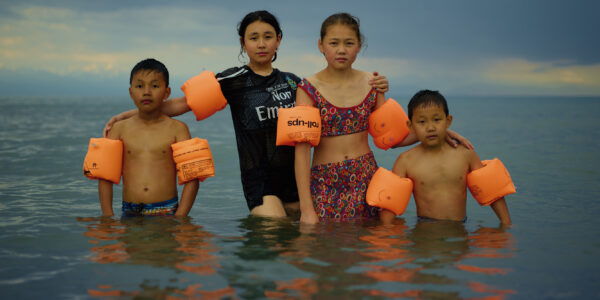
Photographer Stories
Intimacy in focus: Louise’s lens on humanity with Phase One_Part1
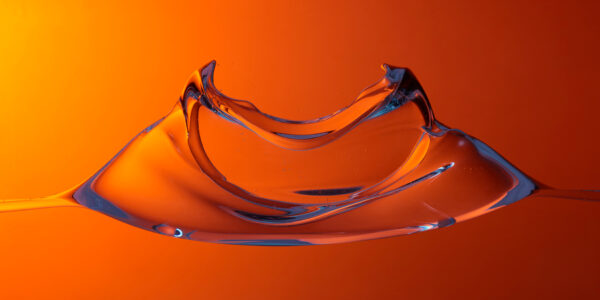
Photographer Stories
Dimitri Newman: Vision is Just the Start
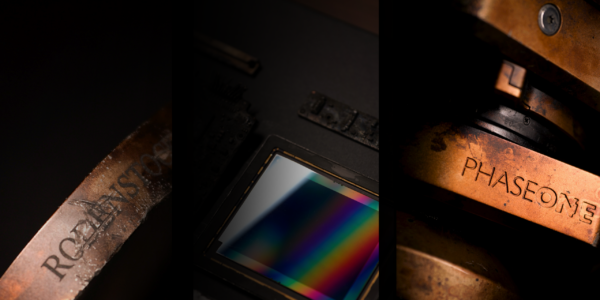
Photographer Stories
Ashes: The Rebirth of a Camera- Hexmalo
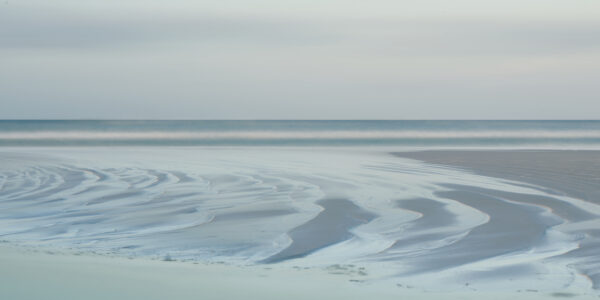
Photographer Stories
Chandler Williams: A Photographer’s Path
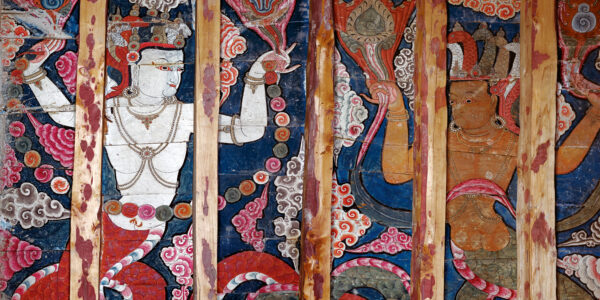
Photographer Stories
TABO- Gods of Light
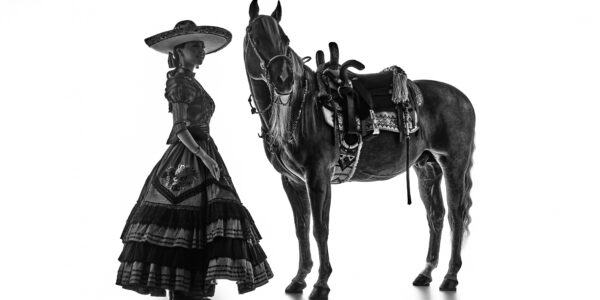
Photographer Stories
Loreto Villarreal – An Evolving Vision
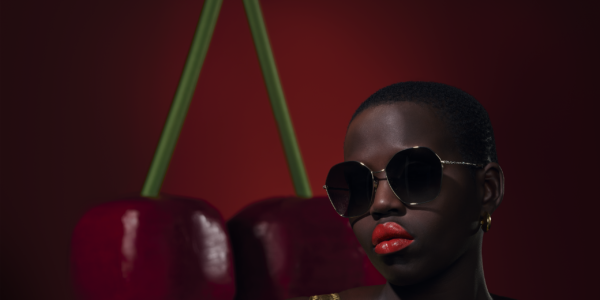
Photographer Stories
Tobias Meier – Storytelling Photography
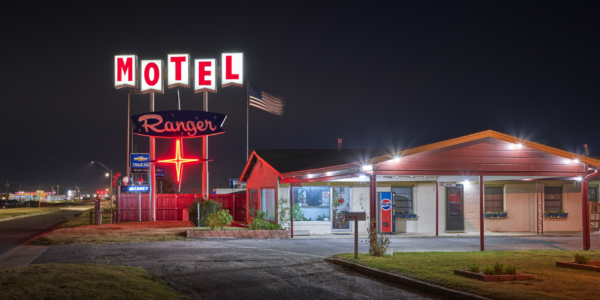
Photographer Stories
Gregory Essayan – Curating Reality
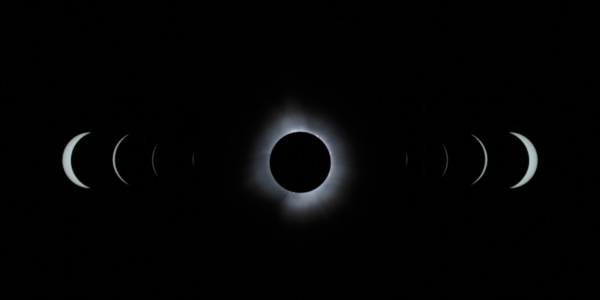
Photographer Stories
Total Solar Eclipse – Matthew C. Ng
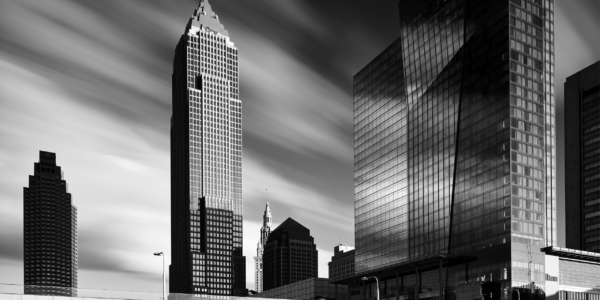
Photographer Stories
Roger Mastroianni – Frame Averaging
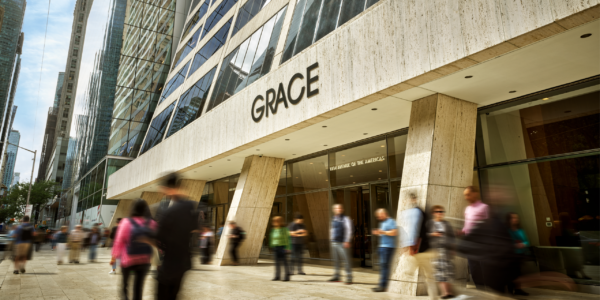
Photographer Stories
Matthew Plexman – Bringing portraits to life
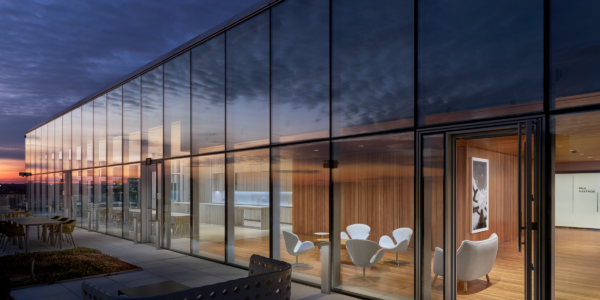
Photographer Stories
Prakash Patel – A Visual Design Story

Photographer Stories
Karen Culp – Food Photography Ideas
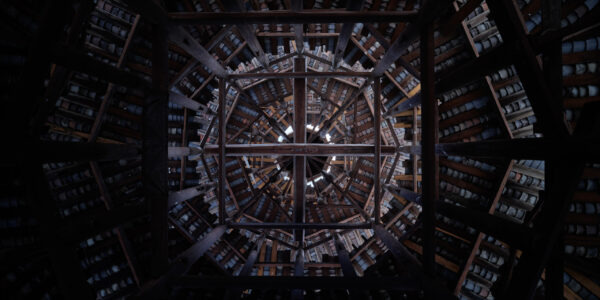
Photographer Stories
Preserving ancient Chinese buildings – Dong Village
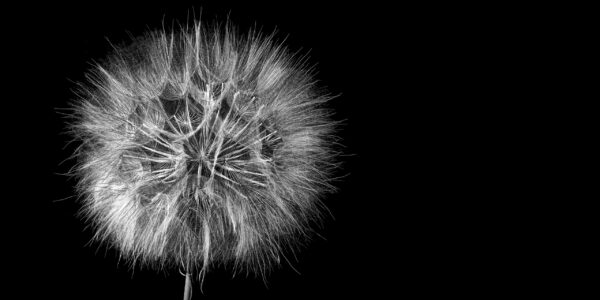
Photographer Stories
Jeff Puckett – The Art of Photogravure
